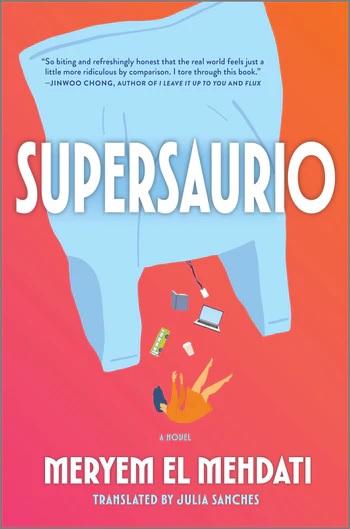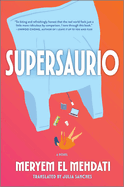Maxine Clair, who was a 55-year-old hospital administrator in Washington, D.C., when she published her first work of fiction, Rattlebone (1994), died September 5. She was 86.
Published by Farrar, Straus & Giroux, the collection of linked stories "centered on a Black girl named Irene growing up in 1950s Kansas City, Kan.," Clair's hometown, the New York Times reported, adding that it received universal praise for her "steady, unshowy narrative style, as well as her ability to evoke an entire world around a single young character."
"When I wrote Rattlebone, the driving idea was to tell the story of a Black girl coming of age--somewhat naïve in ways and wise in others--who was just a real person trying to become an adult," she told writer W. Ralph Eubanks in a 2023 interview with the Sewanee Review.
In 1980, Clair was the chief medical technologist at what is now Children's National Hospital when she "used her income tax refund to take a long vacation in the Caribbean, where she dug deep into her own malaise in search of a new direction," the Times noted.
"I visualized, although they didn't call it that then," she said in a 1994 Chicago Tribune interview. "I was reading some way-out books that I won't even mention. Essentially, I was programming myself to understand I could do something else, and I could have a different life. When I came back it was very clear: I was going to be a writer."
After submitting poems to a writing workshop and being accepted, she was advised by her teacher to apply to the master's program in creative writing at American University. She received an MFA in 1984 and published her first book, the poetry collection Coping with Gravity, in 1988.
After Rattlebone was published, Clair became a tenured professor of creative writing at George Washington University. Her other books include a novel, October Suite (2001), and a book about creativity, Imagine This: Creating the Work You Love (2014). Rattlebone went out of print for a time, but in 2022 McNally Editions re-released it.
"Maxine Clair's coming-of-age novel in stories," Eubanks wrote in the Sewanee Review, "is one of those books that deserves to be brought out of the shadows of African American literature and back into the spotlight it so rightly deserves."








 The deal under which Readerlink Distribution Service was to buy the business and "substantially all the assets" of Baker & Taylor,
The deal under which Readerlink Distribution Service was to buy the business and "substantially all the assets" of Baker & Taylor, 






 Trial and Error
Trial and Error
 A young woman in the Canary Islands struggles through the daily grind of work, dating, and inexplicably disdainful coworkers in Meryem El Mehdati's funny, brutally honest slice-of-life debut novel, Supersaurio.
A young woman in the Canary Islands struggles through the daily grind of work, dating, and inexplicably disdainful coworkers in Meryem El Mehdati's funny, brutally honest slice-of-life debut novel, Supersaurio.